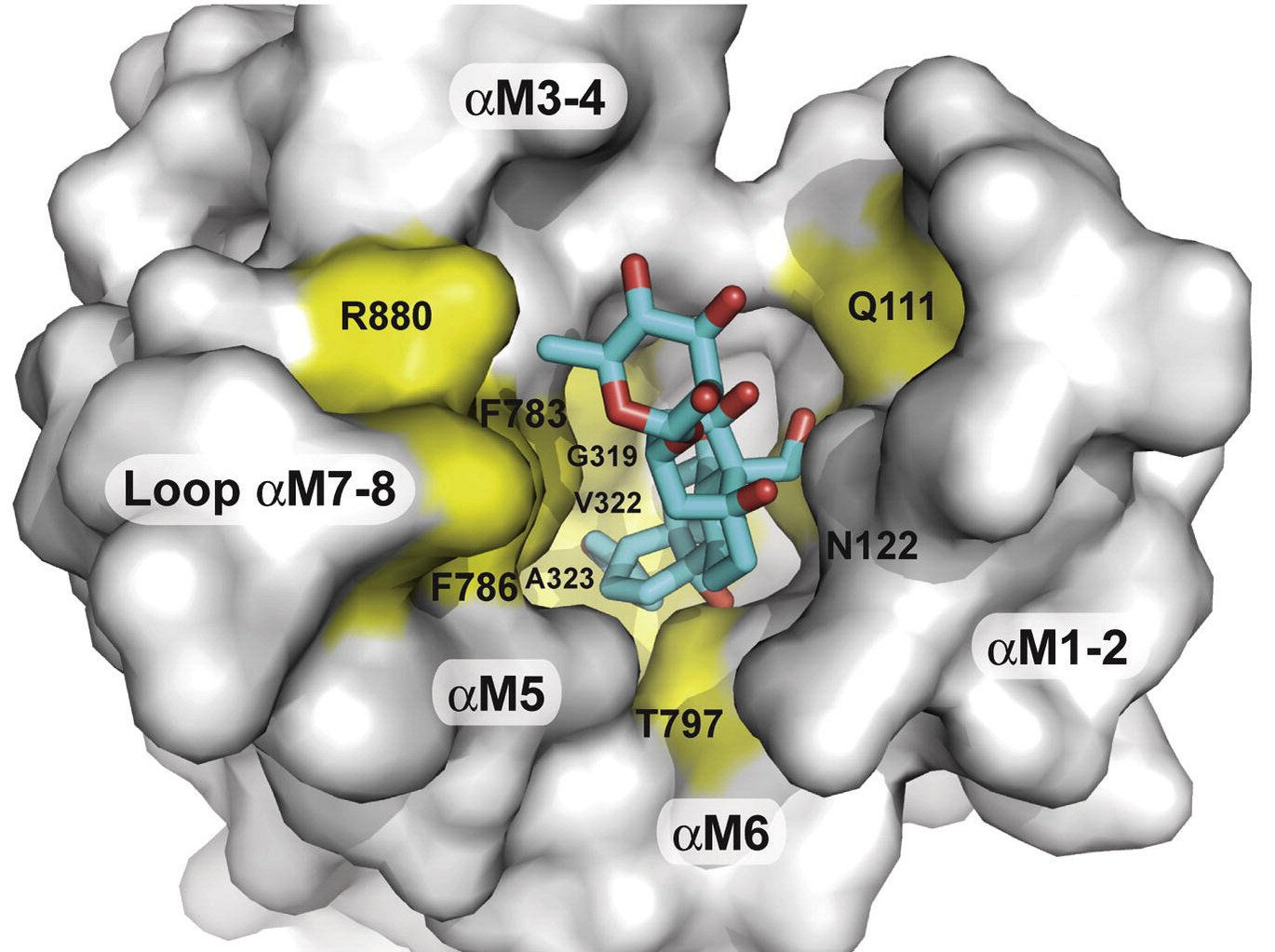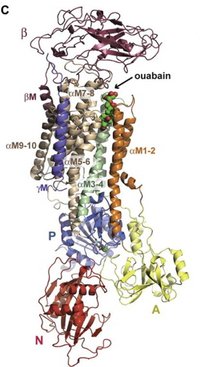Award to the first step towards designing less toxic cardiovascular drugs
New results from Aarhus University show the first, crucial step in dissecting the molecular mechanism behind drugs with an important effect on the heart. The scientific article with these important results was nominated “Paper-of-the-Year” by the international <em>Journal of Structural Biology</em>.


Many vital functions in our cells are dependent on proper amounts of ions being transported through the cell membrane. This process is ensured through various membrane channels and
transporters, and here the sodium-potassium pump plays a central role.
The sodium-potassium pump is also called Na+, K+-ATPase, and is found in the cell membrane of all cells in animals. The pump handles the vital transport of sodium and potassium ions across the cell membrane. This enzyme was discovered at Aarhus University in 1957 by Jens Christian Skou, who was awarded the Nobel Prize in Chemistry (1997) for his discovery. Researchers from Aarhus University have continued his work with studies of the sodium-potassium pump with the aim of developing new drugs.
The sodium-potassium pump is also the only known target for drugs with a strengthening effect on the heart - the so-called cardiotonic steroids (CTS). These drugs are also found in the plant foxglove (digitalis in Latin), and have been used for hundreds of years in the treatment of cardiac insufficiency and arrythmia. These compounds are found naturally in plants and small animals, which use them as poisons to protect themselves against predators.
CTS are used as a drug, although they are very toxic in stronger doses and can cause serious complications, as there are no other types of medicine for the relief of a failing heart. Therefore, researchers throughout the world have been trying to develop a less toxic medicine for this purpose for many years.
In collaboration with Professor Poul Nissen, Department of Molecular Biology and Genetics, and Associate Professor Natalya Fedosova, Department of Biomedicine, Laure Yatime contributed with an important part in the studies of the pharmacological role of the sodium-potassium pump by showing how CTS bind to the pump and inhibit its function.
These results represent a first, crucial step in dissecting the molecular mechanisms behind CTS drugs and their positive effect on the function of the heart. This may pave the way for the development of more effective and less toxic heart drugs.
These important results published in Journal of Structural Biology (JSB) won the the Paper of the Year Award 2013.
For more information, please contact
Senior Adviser Laure Yatime, PhD
Department of Molecular Biology and Genetics
Interdisciplinary Nanoscience Centre (iNANO)
Aarhus University, Denmark
+45 87154201 - lay@mb.au.dk
Professor Poul Nissen
Department of Molecular Biology and Genetics
Aarhus University, Denmark
+45 2899 2295 - pn@mb.au.dk
